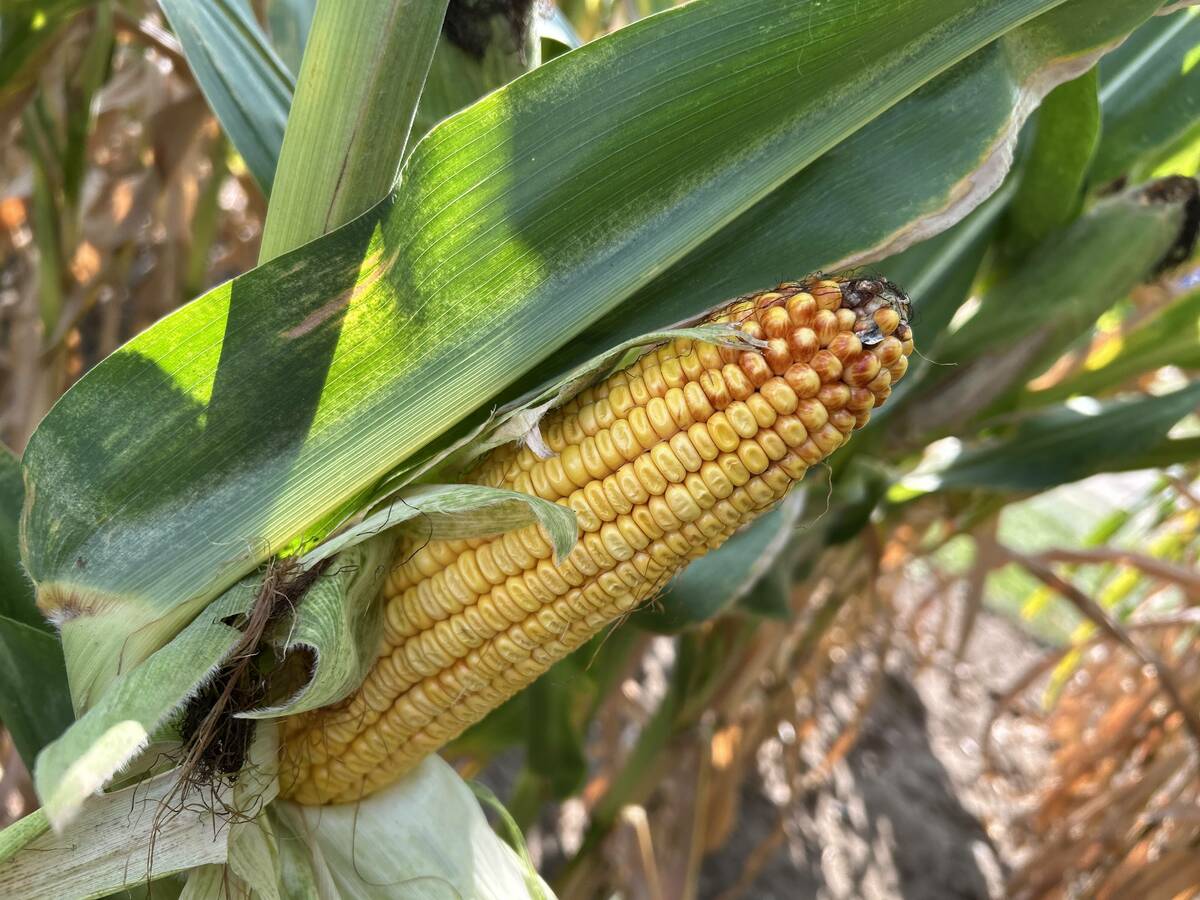The market outlook for mustard isn’t great, but it might be more attractive than other cropping options in 2006.
“If you’re in a situation where mustard fits into your rotation, if you compare it with some other commodities that are lower, mustard does fit into the mix,” said Steve Foster, senior merchandiser for special crops for Saskatchewan Wheat Pool.
“With canola, you’re lucky to get $5.50 a bushel. Yellow mustard at 14 cents (a pound) is $7 a bu.”
A large carryover of unsold stocks from 2005 is limiting the prospect of any significant improvement in mustard prices, he told producers attending the annual meeting of the Saskatchewan Mustard Development Commission.
Read Also

Crop estimates show mixed results
Model-based estimates used by Statistics Canada showed the 2025/26 crop year has seen increases in canola, corn for grain, oats and lentils production while seeing dips in spring wheat, durum wheat, soybeans and barley in comparison to 2024/25.
“There’s going to be enough mustard to cover demand going forward even if we don’t get a lot of new acres,” he said.
“I wish I could have more positive things to say.”
Mustard contracts for 2006 are currently priced at 14 to 14.5 cents per lb. for yellow, 13 to 13.5 cents for brown and 12.5 to 13 cents for oriental.
Spot bids in the country for all types are in the range of 10 to 11 cents per lb.
Foster advised producers to grab those contract prices, warning there is little upward potential in the market, barring a train wreck in the market next spring or summer.
He expects producers to plant about 425,000 acres to mustard, continuing a downward trend that has seen seeded area drop from 840,000 in 2003 to 783,000 in 2004 to 532,000 last year.
Based on projected yields of 750 lb. per acre, that would produce a crop of 145,000 tonnes, down from 203,400 tonnes last year and the smallest output in years.
However, the other big factor in the supply-demand equation is the carryover of 210,000 tonnes, producing total stocks of 355,000 tonnes.
Exports and domestic consumption of 191,000 tonnes would leave July 2007 carryout stocks at a relatively burdensome 164,000 tonnes.
Foster said as much as 100,000 tonnes of that carryover is probably not top grade, reflecting difficult harvest conditions the past two years, and it will be difficult to sell.
Foster also warned producers to monitor mustard stored in their bins, given the wet conditions under which their crop may have been harvested.
Demand will remain stable in the coming year. Exports in 2005-06 are expected at 135,000 tonnes, with the United States taking 58,000, Western Europe 44,000 and the Pacific Rim 31,000.
One potential area for growth is European sausage manufacturers that use mustard as a binding agent.
The lower the price, the more likely they are to buy more.
Depending how depressed prices are, mustard could also find its way into the discount market of Bangladesh.














